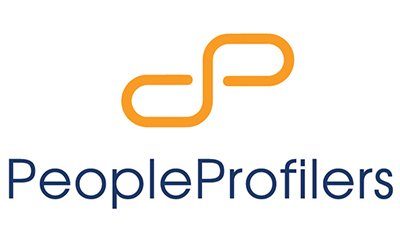
When it comes to projecting confidence, we can take lessons from Queen Bey herself. She is known for her creation of a dichotomous artistic persona, officially debuted in her 2008 album, I Am… Sasha Fierce. Sasha Fierce was a persona created by American singer-songwriter Beyonce, which she uses to overcome her psychological boundaries.
In 2008, Beyonce commented, “Sasha Fierce is the fun, more sensual, more aggressive, more outspoken side and more glamorous side that comes out when I’m working and when I’m on stage.” While the Beyonce we know is bold, confident, and a presence that commands the stage and audience, herself off-stage is much calmer and shyer.
We’re not telling you to go all out to create your own alter egos, but to pay attention to how you can embody characteristics to assert yourself. More than any other non-verbal cues, body language is how you communicate with others, especially those you meet for the first time.
Take time to observe posture, gestures, eye-contact and other behavioural characteristics in others and consider how they can make a person appear more authoritative, open and trusted. Making these minor adjustments can alter others’ perceptions of you as well as make you feel more self-assured and confident.
 Body language is a powerful thing.
Body language is a powerful thing.
First and foremost, posture. We briefly visited the sitting posture in our article about 5 Things to Do Before your Job Interview. Just as it is vital to maintain an upright position to show interest and engagement with the interviewer, we want to practice good posture throughout the day.

When our posture is correct, the ears, shoulders, hips and knees should align in one straight line. When you stand, your weight should be distributed equally on both legs, and your shoulders should be relaxed.
Confident people often use expansive gestures and aren’t afraid to command the space and those around them.
People who “talk” with their hands appear more energetic, charismatic and listened to. That’s because it helps you communicate your motivations, emphasise speech and show enthusiasm. We often associate this with public speaking to draw attention and use the space. However, we speak and interact with others daily. When you become more animated, others instinctively associate it with more passion and investment in the topic, increasing credibility and reliability.
Maintaining appropriate eye contact is probably the hardest thing to master. Eye-contact with someone can show empathy, attention and most of all, confidence. When speaking to someone, most people tend to look away too much, but you don’t want to stare, either.

The general rule for maintaining eye contact in a one-to-one setting is 50/70, 50 per cent for when speaking and 70 per cent when listening. On top of that, think about where you’re looking. Darting your eyes, or looking down can make you appear nervous or lacking in confidence. It’s all about projection. If maintaining straight eye contact is tough, looking at the space between their eyebrows is just as effective.
You can’t learn how to swim if you don’t go into the water. Bear these tips in mind when you interact with others, be it your peers, your colleagues or even your family. Trying to master everything at once can be tricky. Pick one small change each day and work towards making it a habit. Beyond trying to project the image of more confidence, we want to actually become more confident. As social psychologist Amy Cuddy says, “Don’t fake it till you make it, fake it till you become it”.


